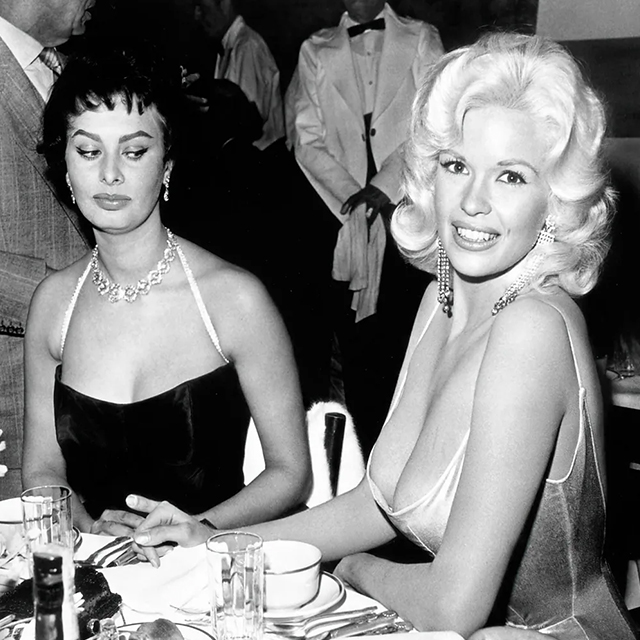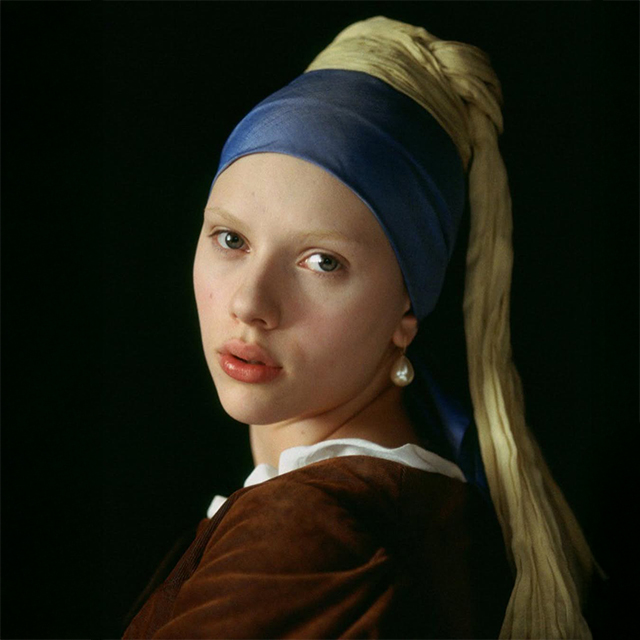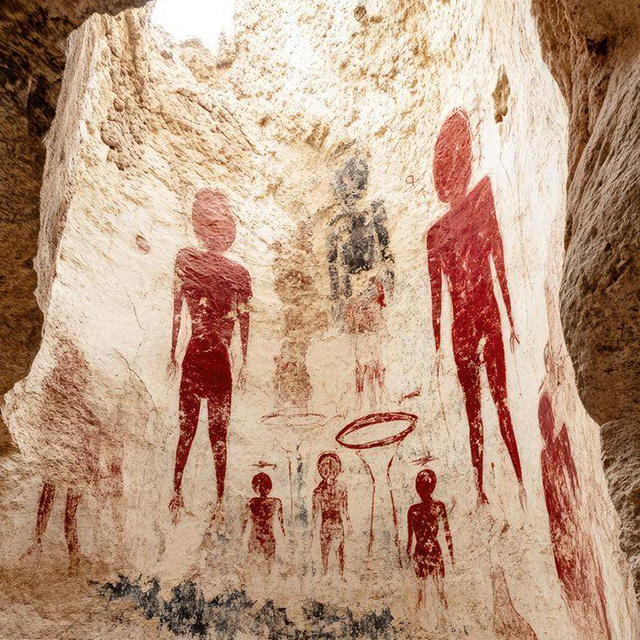
A staggering percentage of its so‑called informative content is either false or, at best, inaccurate. Today I stumble upon a post about the alleged auction—at Christie’s—of an AI‑generated work. I read and save. The note focuses more on the controversy it sparked than on the sale itself, perhaps because uproar, confrontation, and intellectual skirmishes attract far more attention than the artworks themselves.

As my enthusiasm for Artificial Intelligence grows, so does the range of readings I pursue on its likely paths and its influence on human reasoning. It is a dense undertaking: every day the media returns to the subject, and those articles, as they pile up, age with unsettling speed. AI keeps redefining itself. Yet to stop speaking about it is unthinkable.

At barely twenty‑two, the dazzling Sofia was already under Paramount’s watchful eye. Its executives, captivated by her performances in Aida (1953) and The Gold of Naples (1953), saw in her the natural successor to the great European figures Hollywood had once embraced: Ingrid Bergman and Marlene Dietrich.

Yesterday—quite late in the day—I learned of the tragic passing of the artist Rewell Altunaga through a post by Jesús Hdez‑Güero, another Cuban creator based in Madrid. Hdez‑Güero shared the article CNN published just yesterday on its digital edition. The piece, written by Ray Sánchez—a Puerto Rican journalist who once reported from Havana for the network—notes that he would often come across Rewell on the streets of West Harlem, in northern Manhattan.

According to various sources, Girl with a Pearl Earring (2003), directed by Peter Webber and starring Scarlett Johansson as Griet, offers a carefully crafted fictional account inspired by the iconic painting of the same name by Johannes Vermeer. Critics agree that the film successfully evokes the visual world of the Dutch master with notable sensitivity. Based on the novel by Tracy Chevalier, the story is set in 17th-century Delft and follows a young maid who becomes a quiet yet pivotal presence in the painter’s studio.

I believe it has something to do with age—the way we begin to reject an overwhelming percentage of the stimuli we receive each day. Visual, auditory, olfactory... perhaps only the tactile ones survive, and even then, just barely. Maybe it’s because, after fifty, we’re simply not touched as often as we once were.

Alone in the vastness of space, that is. And many of us, alas, in the cramped solitude of our own rooms. Perhaps that is why I tend to raise an eyebrow —the left one— whenever I come across posts whose authors claim to detect, in ancient structures, rock art, or oral legends, undeniable evidence of extraterrestrial encounters at the dawn of time.

What do we see in the photograph—what is it, in fact, that the curator, the writer, the director of the MEP, and the readers of these reflections want to see? The image—taken by Janine in Vitry, in 1965—functions as a diptych that articulates two registers: one intimate, the other collective...
